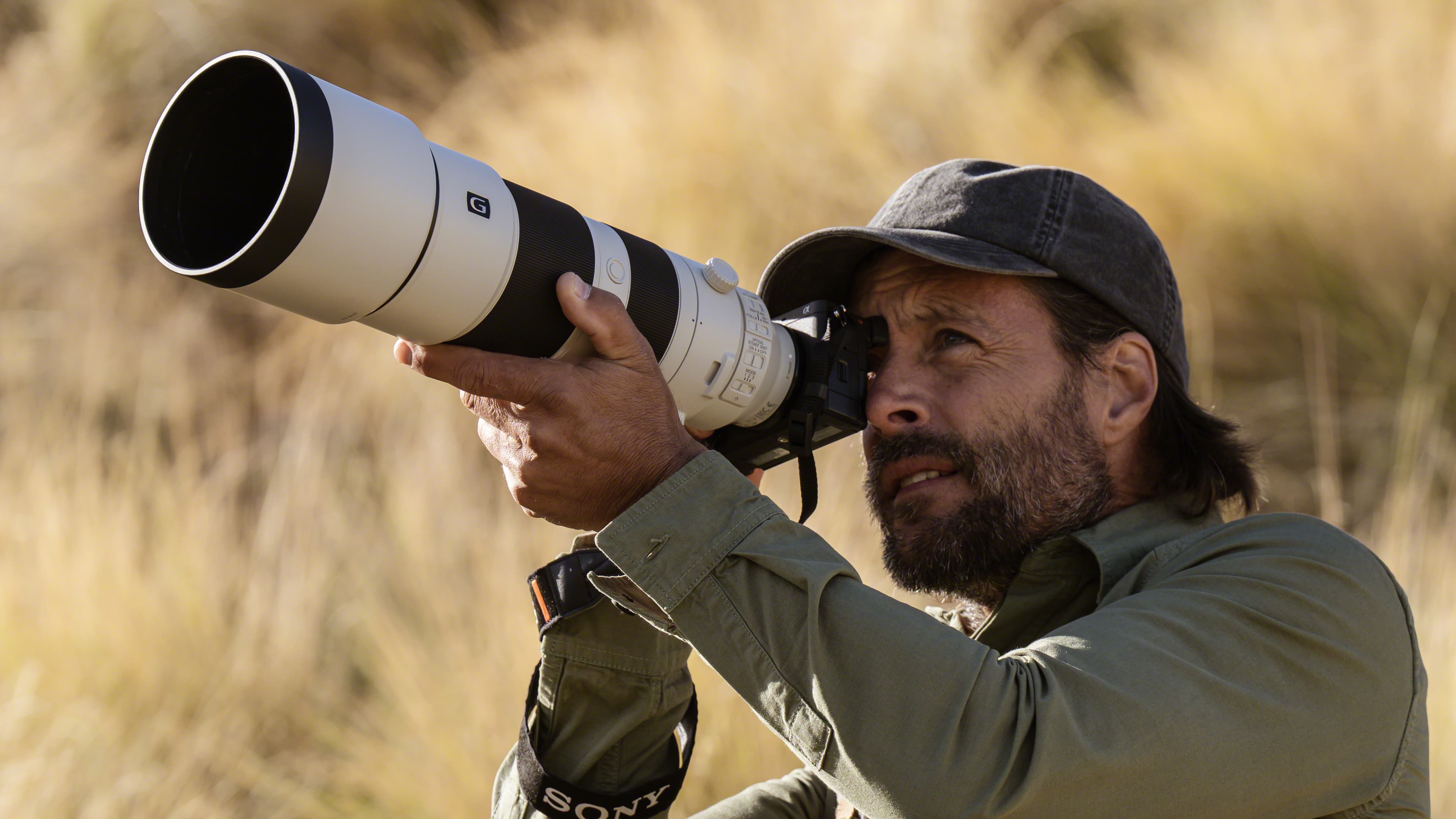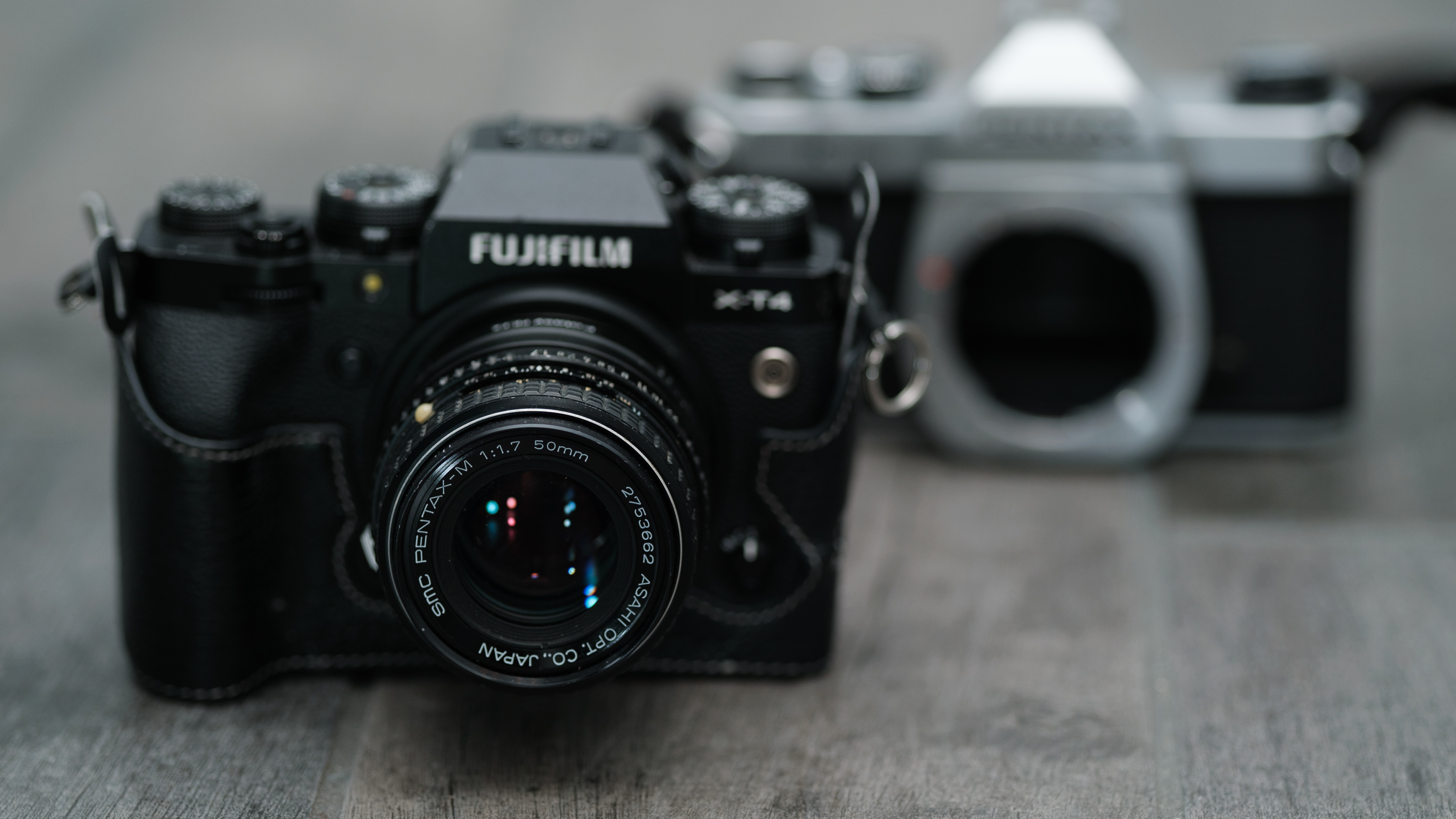Sony A6000 vs A6100 vs A6300 vs A6400 vs A6500 vs A6600 vs A6700: how do you choose?
Well, this is confusing. There are SEVEN Sony A6000-series cameras to choose from, but which is best, for what, and why?
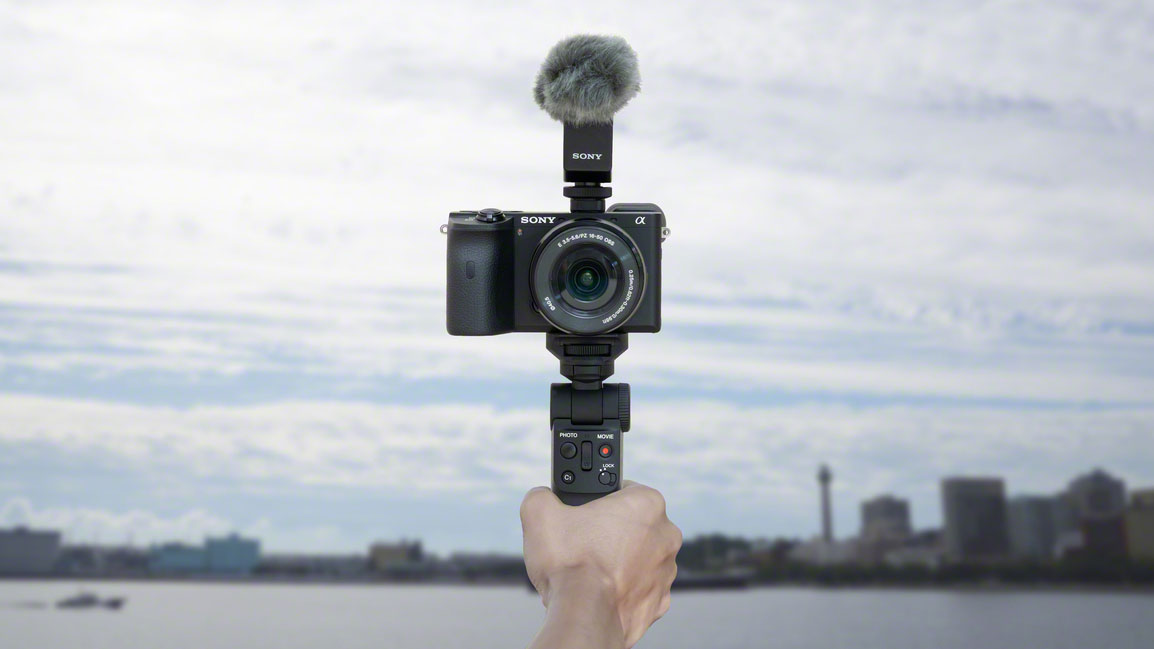
The Sony A6000 series cameras have been best-sellers for Sony, and with the launch of the new Sony A6100 and A6600 models in 2019, Sony had six APS-C mirrorless cameras on the market. Now, in 2023, the family has got even bigger with the launch of the flagship Sony A6700. So how come all seven models are still on sale today? And how are you supposed to work out which one to buy?
The Sony A6000, A6100, A6300, A6400, A6500 and A6600 are all based around a 24-megapixel APS-C sensor and the same basic body shape. It's been a steadily evolving series, with each new model boasting incremental improvements – but not always in the same direction! The latest A6700 pushes the resolution very slightly further by using a newer 26-megapixel sensor, but it still very much part of the family.
It's all part of Sony's marketing strategy. It continually launches new versions of cameras, but keeps the old ones on sale at steadily decreasing prices. So even though the Sony A6000 is the oldest, it's also the cheapest and, therefore, we reckon one of the best cameras for beginners. The Sony A6400, meanwhile, is not the newest model, or the most advanced, but we think its price and features combined make it one of the best cameras for vlogging.
Sony likes to design a camera and then release version updates while retaining the same basic form factor. So while the original Sony A6000 dates back all the way to 2014, the latest A6400 and A6100 models look scarcely any different, and the A6600 is just a bit thicker in the body.
We've included the A6000 and the A6400 in our list of the best Sony cameras, but for different reasons. As soon as we review the new models we'll decide whether these deserve to be in the list too – or even amongst the best mirrorless cameras you can buy right now
The Sony A6100, A6400 and A6600 could be considered as replacements for the Sony A6000, A6300 and A6500 respectively. And now the A6700 is essentially the successor to the A6600's crown. but while the old ones remain on sale, there are still seven cameras to choose from.
So let’s take a look at each of these cameras in turn, its history and its suitability for different kinds of photography and video.
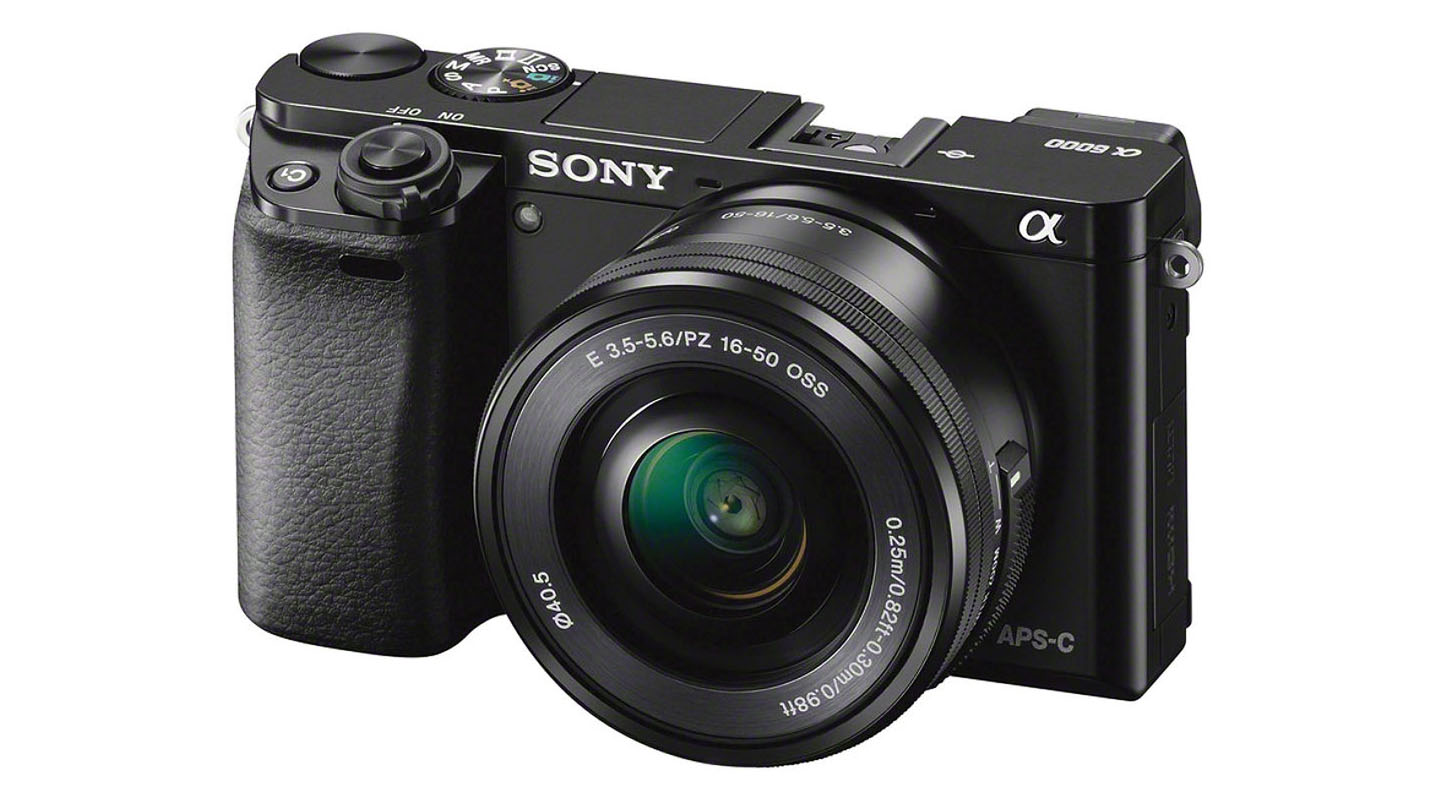
Specifications
Reasons to buy
Reasons to avoid
The A6000 has the same 24-megapixel resolution as later models and essentially the same physical design. The viewfinder resolution is lower and it only shoots 1080 video not 4K, but for stills photographers that won’t be an issue. The autofocus system is more primitive by Sony’s standards but still stacks up well against systems from rival brands, even today. If you just want a stills camera, this will do the job as well as all the others that have come since, and for a lot less money. Later cameras have better processors and better high-ISO image quality, and the A6500 has a much better burst depth. And if you want in-body image stabilization, you need either the A6500 or A6600. Otherwise, the A6000 still has what it takes.

2. Sony A6300 (February 2016)
Specifications
Reasons to buy
Reasons to avoid
The Sony A6300 was a big step forward at the time, bringing 4K video with Sony’s S-Log2, S-Log3 modes, so it was a proper 4K filmmaking tool right from day one. The A6300 also came with a more sophisticated AF system with 425 phase detection AF points and a higher resolution EVF. Still with no in-body image stabilisation, however, and an inexplicably weaker buffer capacity than the A6000, it still didn’t tick all the boxes. In just a few months, Sony launched the much more powerful A6500, and while the A6300 looks like it might be the first of Sony’s A6000-series cameras to disappear from the dealers’ shelves, there are still quite a few around.
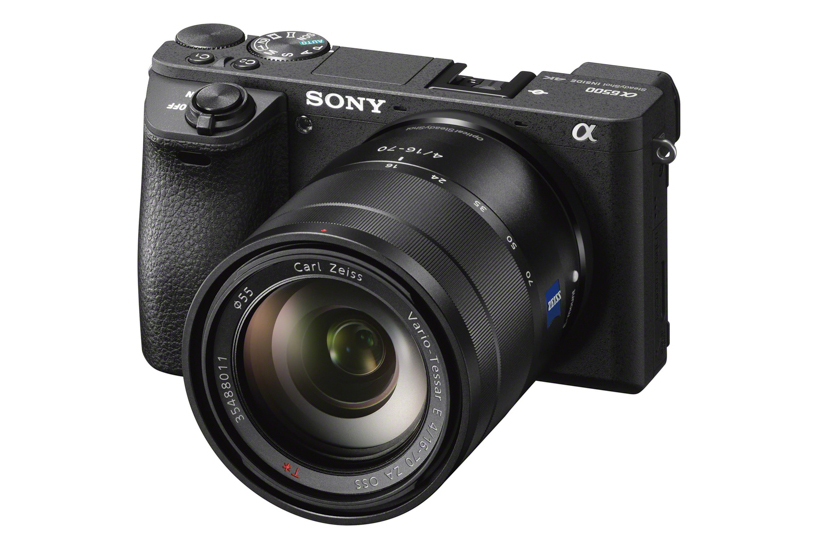
Specifications
Reasons to buy
Reasons to avoid
The Sony A6500 is a real powerhouse. It arrived just eight months after the A6300 and completely crushed it for specs. The A6500 has the same AF system as the A6300 (425 phase detection AF points, 169 contrast AF points), the same 2.36m dot EVF, the same 4K video features and log modes – but added in-body stabilization for the first time in an A6000-series camera and a massive 233 JPEG 107 RAW buffer capacity more than twice as good as any other A6000-series camera before or since. If you want a great stills-video all-rounder which is particularly well adapted to action photography, the A6500 is still a great buy. It's not that easy to find these days, though, and when you do you'll discover it's holding its price a bit too well!
Read more: Sony A6500 review
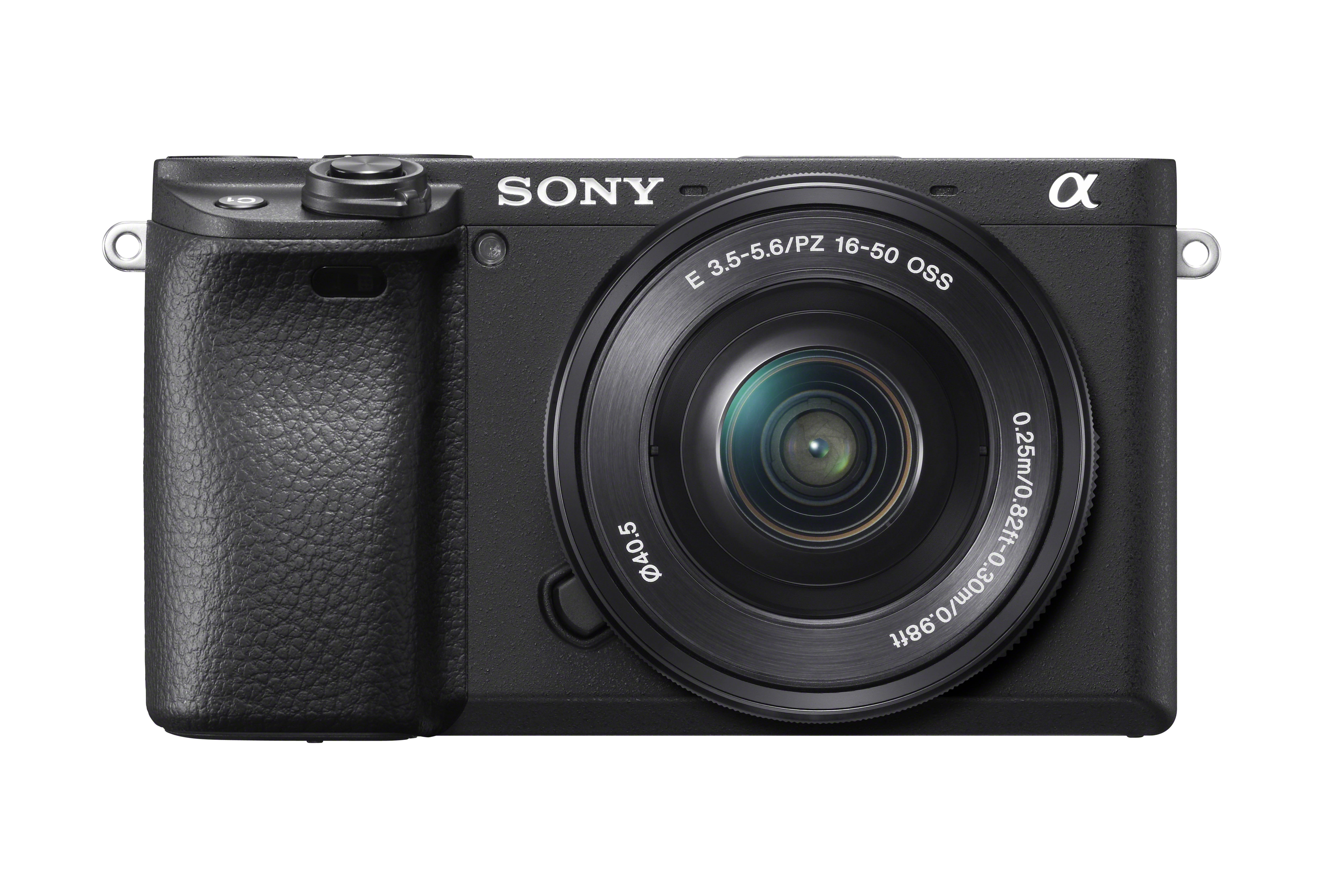
Specifications
Reasons to buy
Reasons to avoid
This can be seen as a successor to the A6300, mostly because it falls in the middle of the ‘new’ range just like the A6300 did with the ‘old’ range. The A6400 is designed specifically for bloggers, vloggers and content creators, with a 180-degree flip-up screen so that you can grab selfies or – more important film yourself presenting to the camera. It also has Sony’s new-generation AF system, with a claimed 0.2sec AF acquisition speed, 425 phase detection AF points, 425 contrast AF points and clever Eye AF. Video is captured at 4K and with Sony’s S-Log2 and S-Log3 log modes, but also with the new HLG (Hybrid Log Gamma) option. It’s not especially cheap, but the A6400 is an ideal vlogging camera and less expensive than the A6500 and A6600.
Read more: Sony A6400 review • Best lenses for Sony A6400
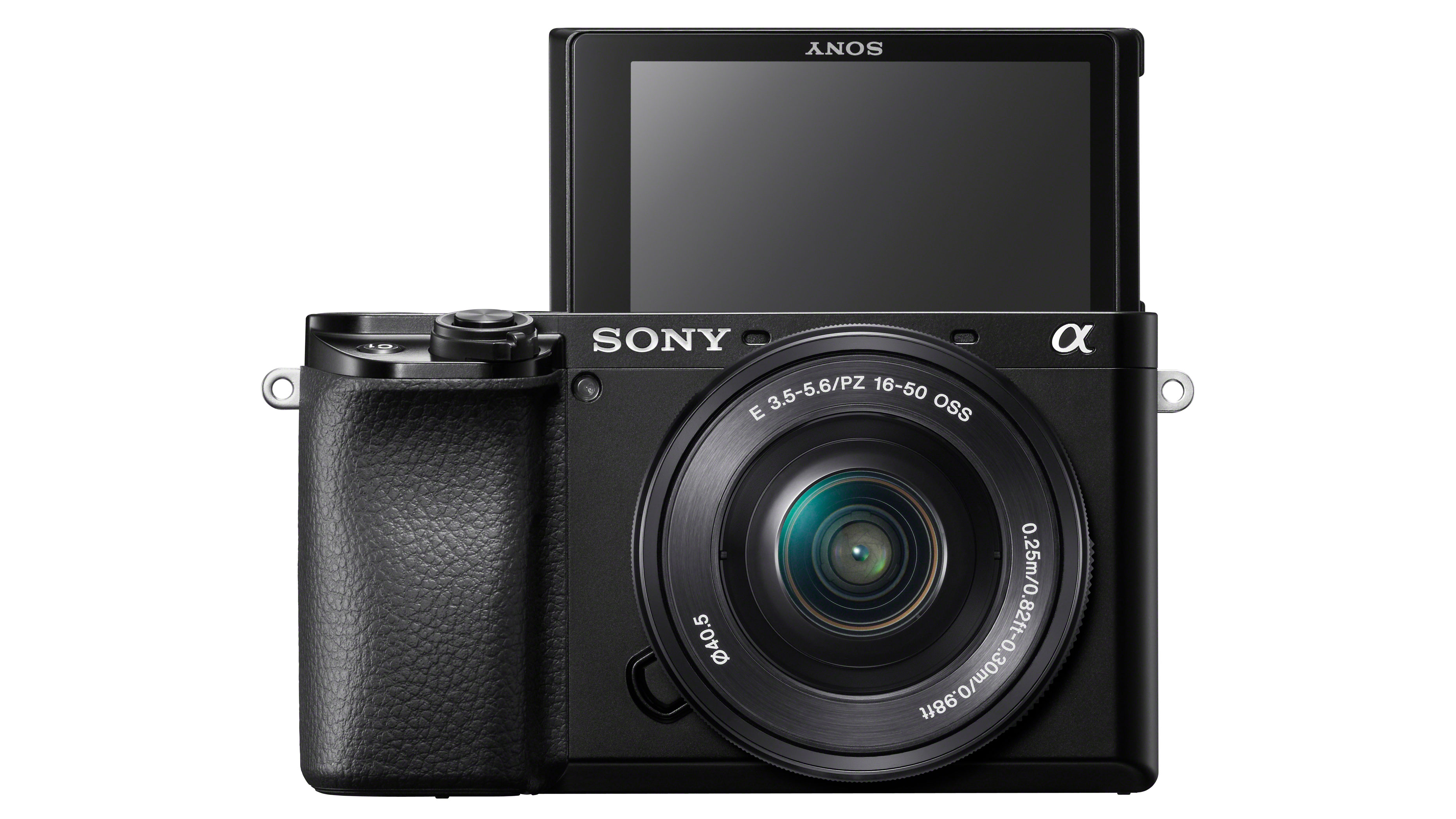
5. Sony A6100 (August 2019)
Specifications
Reasons to buy
Reasons to avoid
This can be seen as the entry-level replacement for the ageing A6000, but still costs more. The key differences are its 180-degree flip-screen, 4K video capability (but without log modes) and Sony's up-to-date AF system with a claimed 0.02sec response time. The improved BIONZ processor brings a higher maximum ISO setting, but otherwise these cameras are remarkably similar. The A6100 still has the rather low-res EVF used in the A6000 and the same cramped feeling 3-inch 922k dot ‘wide’ rear screen used across all of these A6000-series cameras. Frankly, if your main interest is stills photography, the A6100 doesn’t bring much that the A6000 doesn’t do pretty well already. If you're more interested in video, while the A6100 is better, but the A6400 is better still. To our way of thinking, the A6100 falls in the middle – it's neither cheap enough nor advanced enough to be truly appealing.
Read more: Sony A6100 review

6. Sony A6600 (August 2019)
Specifications
Reasons to buy
Reasons to avoid
Sony's A6600 technically supplanted the A6500, but went in a slightly different direction. Like the A6500 it incorporates in-body image stabilization. It’s not just this that makes the body slightly fatter, but the inclusion of a new FZ100 battery that doubles the battery life compared to the others. The A6600 is especially good at video, offering the same 4K capture and log modes as its stablemates, but adding a headphone socket for monitoring audio levels and continuous Eye AF and Animal Eye AF while shooting video (the others don’t). HOWEVER, the A6600 does not match the prodigious buffer capacity of the A6500. If you want a camera for high-speed continuous sports photography, the A6500 is the better option. With the A6600, Sony appears to have gone all-out for video.
Read more: Sony A6600 review
7. Sony A6700 (July 2023)
Specifications
Reasons to buy
Reasons to avoid
Four years on from the A6600, the new flagship A6700 has made some improvements to the specification - but maybe not as many as you might think. A key difference is the use of a new, higher-resolution 26MP sensor. And video shooting is also greatly improved by the addition of being able to shoot slow-motion 4K footage at 120fps. The camera is also much better at action shooting than its predecessor with a buffer capacity of 1000 JPEGS or 59 RAW images. Another plus is a jump in the number of autofocus points - up to 759 (compared to 425 on the A6600). Another bonus is that this new flagship is a full 100g lighter than its predecessor. Check out our A6700 vs A6600 guide for a full comparison.
How we test cameras
Why you can trust Digital Camera World
We test mirrorless cameras both in real-world shooting scenarios and in carefully controlled lab conditions. Our lab tests measure resolution, dynamic range and signal to noise ratio. Resolution is measured using ISO resolution charts, dynamic range is measured using DxO Analyzer test equipment and DxO Analyzer is also used for noise analysis across the camera's ISO range. We use these real-world testing and lab results to inform our comments in buying guides. For compact cameras and phones, we judge on real world handling and photographic results alone.
Read more:
• These are the best mirrorless cameras you can buy right now
• How to choose the best Sony camera
• We pick the best cameras for vlogging
• Best lenses for the Sony A6400
• Best lenses for the Sony A6000
The best camera deals, reviews, product advice, and unmissable photography news, direct to your inbox!

Rod is an independent photography journalist and editor, and a long-standing Digital Camera World contributor, having previously worked as DCW's Group Reviews editor. Before that he has been technique editor on N-Photo, Head of Testing for the photography division and Camera Channel editor on TechRadar, as well as contributing to many other publications. He has been writing about photography technique, photo editing and digital cameras since they first appeared, and before that began his career writing about film photography. He has used and reviewed practically every interchangeable lens camera launched in the past 20 years, from entry-level DSLRs to medium format cameras, together with lenses, tripods, gimbals, light meters, camera bags and more. Rod has his own camera gear blog at fotovolo.com but also writes about photo-editing applications and techniques at lifeafterphotoshop.com
